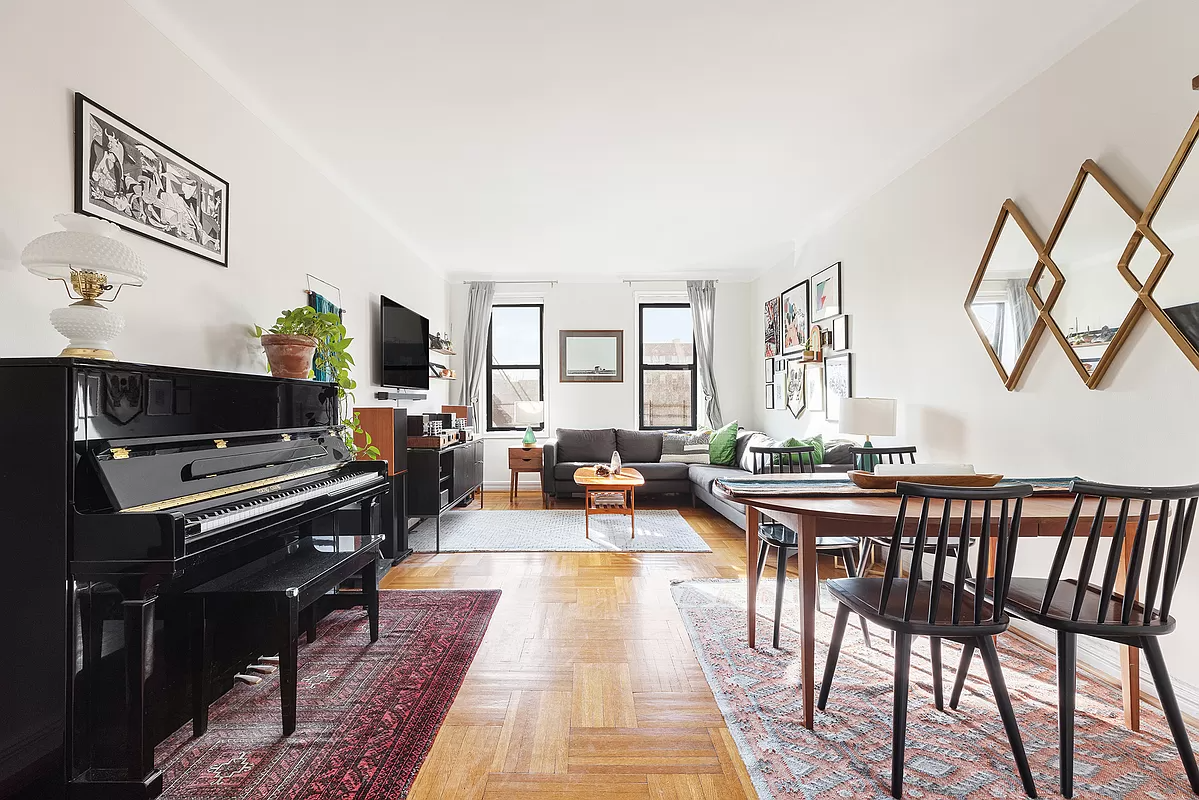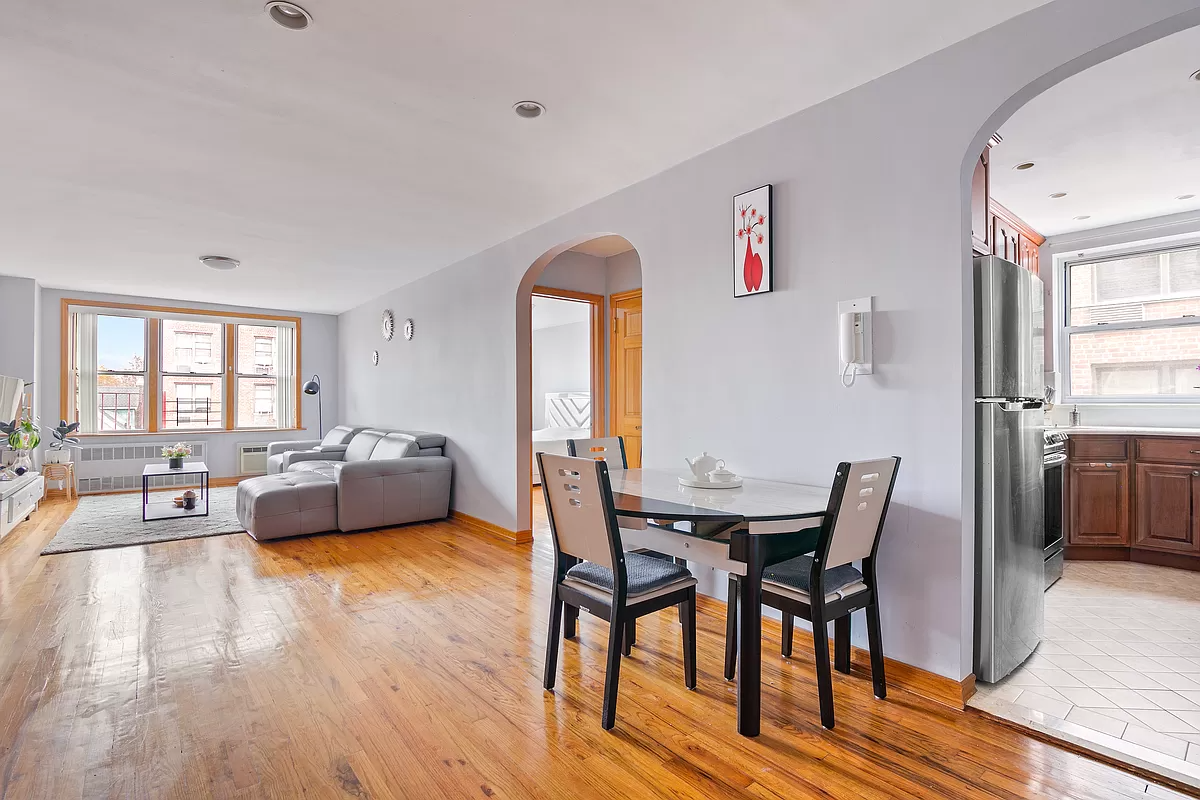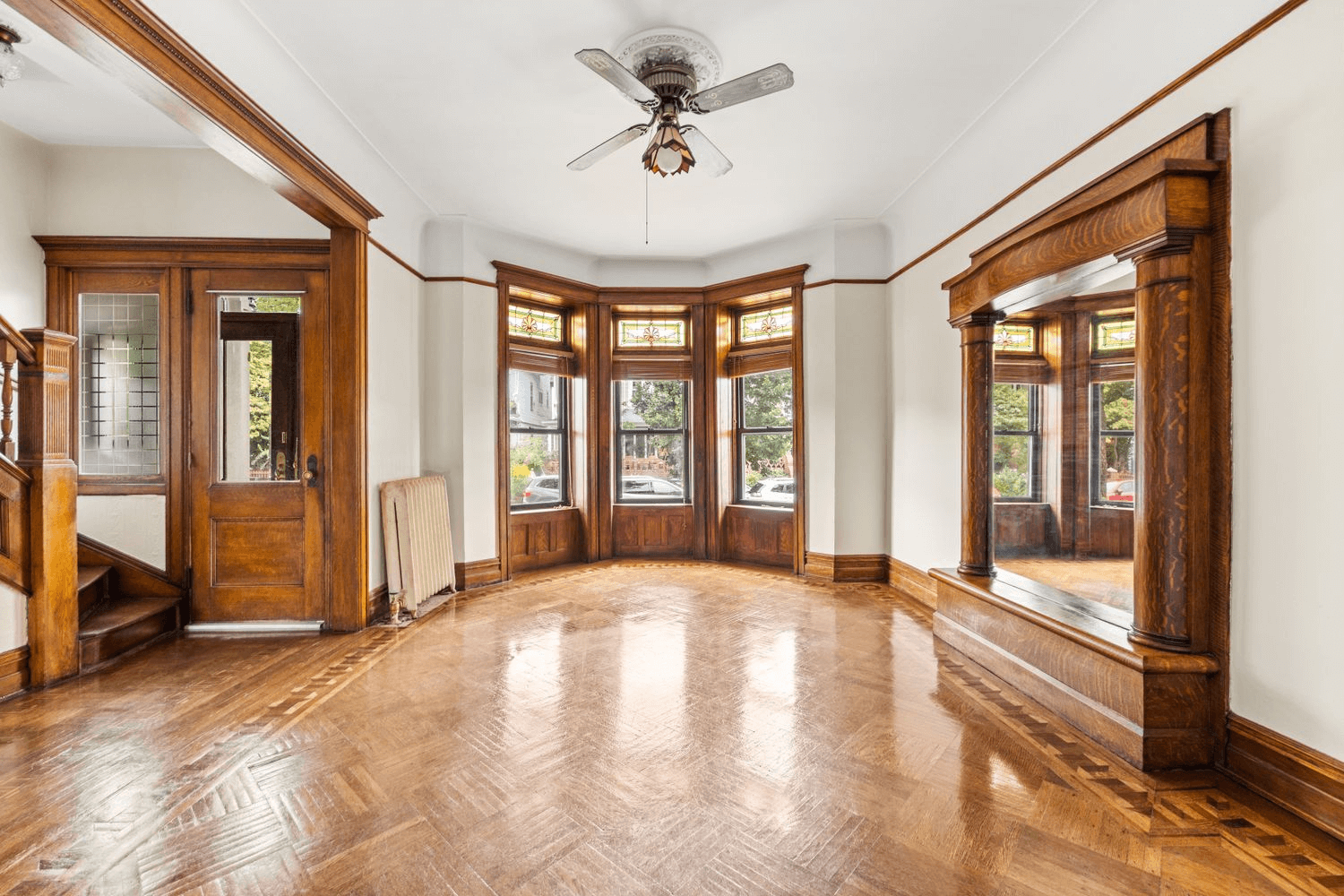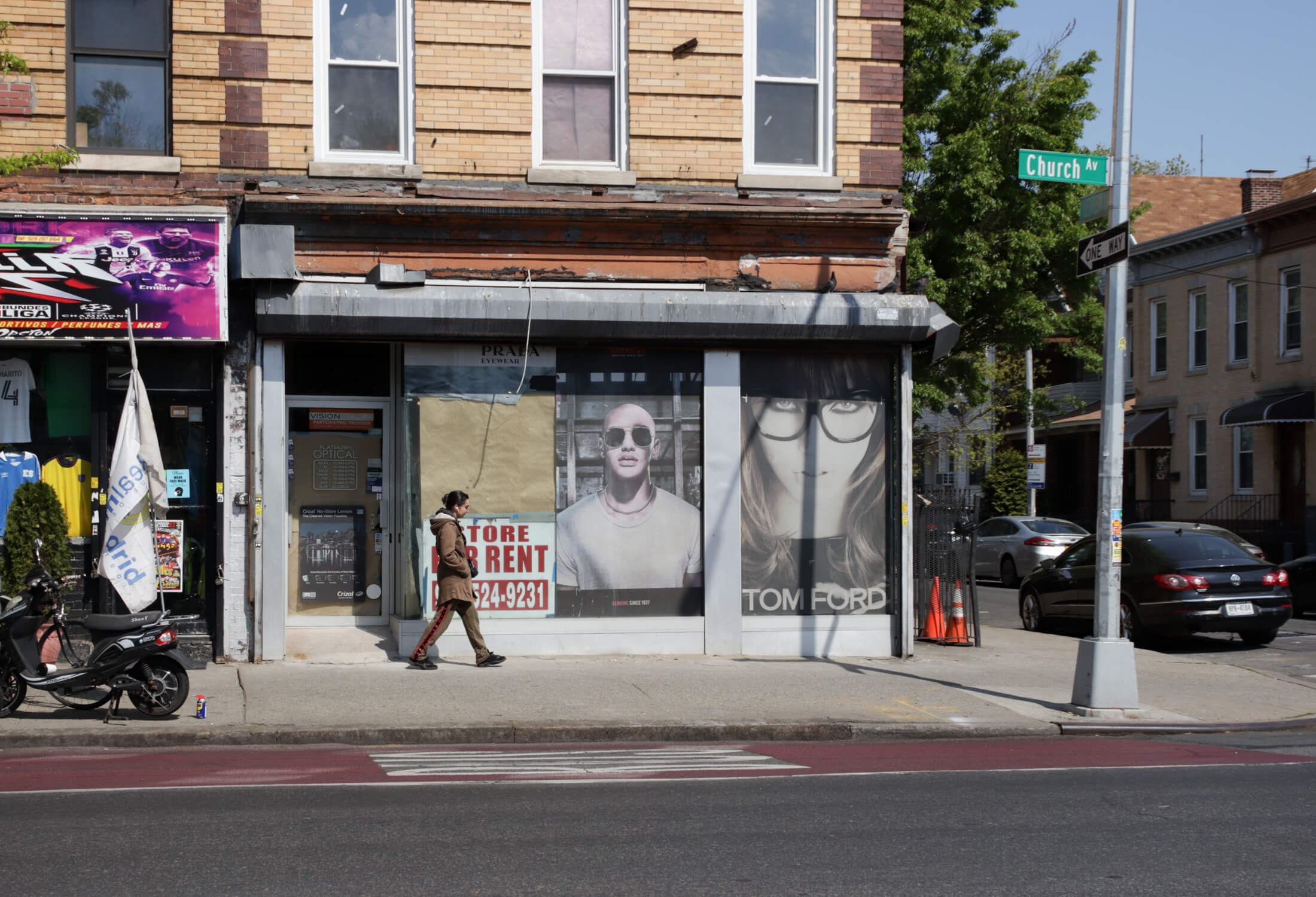Lesbians Sniff Out Values in Kensington
We’ve all heard that if a real estate investor wants to find the next hot nabe, he only needs to find where the artists and gay people are moving. According to The Observer, though, it pays to watch a particular subset of the gay community: Lesbians. “Practical, and always in search of domesticity, lesbians are…

We’ve all heard that if a real estate investor wants to find the next hot nabe, he only needs to find where the artists and gay people are moving. According to The Observer, though, it pays to watch a particular subset of the gay community: Lesbians. “Practical, and always in search of domesticity, lesbians are handy urban pioneers, dragging organic groceries and prenatal yoga to the ‘frontier’ neighborhoods they make hospitable for the rest of us,” writes The Observer. “In three to five years.” Sharon Zukin, a Brooklyn College professor and author of Naked City: The Death and Life of Authentic Urban Places, identifies an even further subset to keep an eye on: “Lesbians may be canaries in the urban coal mine. And lesbian moms may be an even more acute canary, maybe because they are especially concerned about the character of the school district.” And which neighborhood have the lesbians annointed now? Kensington, where one lesbian rejoiced over the “crazy amount of space” while admitting that the trade-off is that “there is nothing to do within walking distance except grocery shopping.” The article has already been met by criticism from one blog. In a post titled Bad Gentrification Writing, Ditmas Park Blog says, “This Observer story really reads like a parody of the genre, and manages to get all the details wrong in passing…We remember the days when they had editors, and a clue, at the Observer.”
Lesbians as ‘Canaries in the Urban Coal Mine’ [Observer]
Photo by bonnevilleyacht76









Even as a woman……and a Kensington owner……I looooove this title line.
when i looked in kensington, broker was an open lesbian who said she and her partner had bought in kensington. and that was like 4 1/2 years ago. if it’s a real trend, i’d say that is a good thing. deals to be found for sure. i wouldn’t want to live that far out, but at least you get something for your money.
It is an indisputable fact that gay folks are pioneers in SOME neighborhoods. I moved to Chelsea in 1992, mostly because I was priced out of The West Village and Chelsea was cheap. Many young gay men like me simply moved a few blocks uptown and settled in. I bought a studio apartment in high rise that was largely occupied by elderly women. As they died out, gay men moved in. That was the trend for many years. I remember a realtor saying to me at that time that the schools there were so bad that it was unlikely that families would ever consider living in Chelsea. Clearly something has changed, judging by the amount of strollers I see there when I visit.
In any case, the nabe became much more desirable to many people after the gays moved in and amenities followed.
When I moved to Park Slope in 2001, I was too late to be a pioneer, but I have certainly seen the flow of gay folks (men and women) out of The Slope and more straight folks move in. While The Slope is very gay friendly, I feel the gay presence is diminishing. I think the ladies may be moving to Kensington, but the dudes are headed to Queens (excuse the pun.)
Although I think the article has some truths in it, I feel it sacrificed a lot of nuance and was dismissive to people whose communities some lesbians are moving into, for the sake of sounding “clever”.
When I moved to NYC in the early 90’s I lived in the “Lesbian” E. Village as my and friends and I called it. My friends and I joked the “boys” had the W. Village and “the girls” had the E. Village.
By the mid to late 90’s most of my Lesbian counter parts were moving what they described as a “Lesbian Heaven” in Park Slope. (Read this article for more on that – http://bk.ly/rt7)
Always a step behind my Lesbian “sisters”, I resisted the pull to Park Slope for the longest as I loved the E. Village. Then in the early 2000’s I moved to Park Slope because of a relationship and in all honesty, the E. Village was giving way to college kids and Wall st types. The rose had bloomed.
I was now right across the st from the now long gone, Dyke TV that used to be on 5th Ave.
I didn’t realize it at the time, but the “lesbian Heaven” in Brooklyn, know as Park Slope, was giving way to the stroller mafia. (I’m trying to sound clever, but I sincerely do not wish to offend any parents)
Tons of small Lesbian dive bars and book stores were closing, though Lesbian Herstory Archives is still in the Slope.
A friend of mine at Nostrand Park did a post on “Uncommon Signs- Indicators Of Gentrification”, that brownstoner picked up. I joking told her a first early sign that I noticed a “change” in a neighborhood was coming, when I saw obvious “butch” looking women walking home alone at night in neighborhood not know for having a “traditional” welcome welcome for the LGBT community.
When I left Park Slope last year for a much bigger, if not down right huge apt in CHN, with a new gf, not only was I delighted to meet my new neighbors who have lived a long time in the community, I was quite happy to see quite a few of my Lesbian “sister” had already beat me here.
Before I moved to CHN, I did hear about Kensington and Ditmas Park. I never checked those neighborhoods out, because I moved to my building because it was supposed to be an “Artist Building” catering to visual artist (but that’s another story).
But I can say, the ever changing Park Slope at one time was know as “Dyke Slope”.
> So, when is a branch of Connecticut Muffin starting up there?
We already have one.
It, like every other place mentioned in the alleged Kensington article, is actually in Ditmas Park.
(I’m not a lesbian, but I play one on TV.)
So, when is a branch of Connecticut Muffin starting up there?
Gays and lesbians are in every neighborhood in New York, including ungentrified ones such as East New York. And as Rob says, they don’t all like yoga and herbal tea.
And then to combine the lesbian gentrification idea with kind of a rah-rah service piece about all the new shops in a specific area (even if they got the name of the area right, which they didn’t) is absolutely moronic.
Sharon Zukin again. Remember the article about the West Village being gentrified? I read her book about shopping. It was deriviative and didn’t make an argument.
You’re right Chuck. GREAT headline. Not bad, Mr B!
someone once told me that there’s really only about 20 or 25 or so lesbians in all of nyc.
*rob*